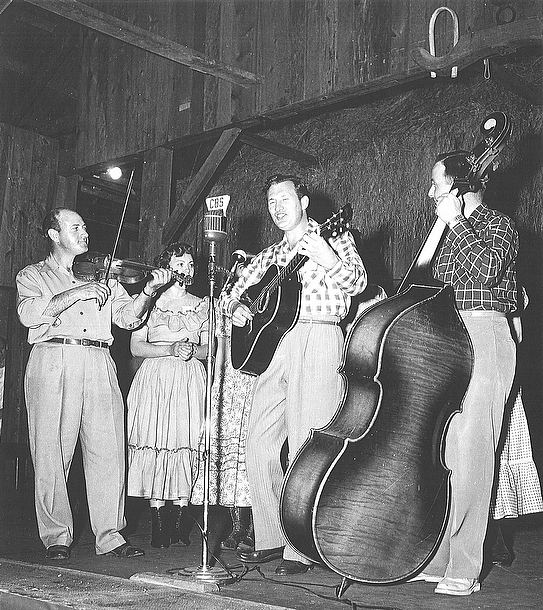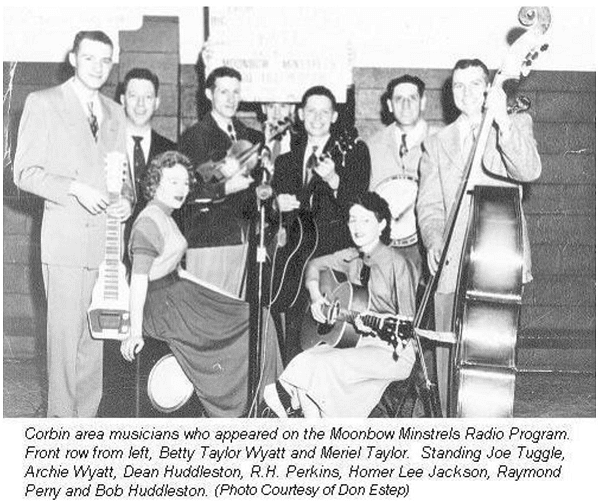Acceptance rate 12% (2010) Enrollment 1,661 (2011) Phone +1 859-985-3000 | Founded 1855 | |
Notable alumni Carter G Woodson, Juanita M Kreps, John Fenn, Muse Watson, Harriette Simpson Arnow Similar places Alice Lloyd College (Pippa Passes), Eastern Kentucky University (Richmond), Morehead State University (Morehead), Bellarmine University (Louisville), Transylvania University (Lexington) | ||
Berea College is a liberal arts work college in Berea (south of Lexington), in the U.S. state of Kentucky, founded in 1855. Berea College is distinctive among post-secondary institutions for providing free education to students and for having been the first college in the Southern United States to be coeducational and racially integrated. Berea College charges no tuition; every admitted student is provided the equivalent of a four-year, full-tuition scholarship (currently worth $83,600; $20,900 per year).
Contents
- Map of Berea College
- College choir explosion berea college
- Berea college presents head of the holler with silas house
- History
- References
Map of Berea College
Berea offers Bachelors degrees in 32 majors. It has a full-participation work-study program where students are required to work at least 10 hours per week in campus and service jobs in over 130 departments. Bereas primary service region is Southern Appalachia, but students come from 46 states in the United States and 58 other countries, with approximately one in three students an ethnic minority or international.
College choir explosion berea college
Berea college presents head of the holler with silas house
History

Founded in 1855 by the abolitionist John Gregg Fee (1816–1901), Berea College admitted both black and white students in a fully integrated curriculum, making it the first non-segregated, coeducational college in the South and one of a handful of institutions of higher learning to admit both male and female students in the mid-19th century. The college began as a one-room schoolhouse that also served as a church on Sundays on land that was granted to Fee by politician and abolitionist Cassius Marcellus Clay. Fee named the new community after the biblical Berea. Although the schools first articles of incorporation were adopted in 1859, founder John Gregg Fee and the teachers were forced out of the area by pro-slavery supporters in that same year.

Fee spent the Civil War years raising funds for the school, trying to provide for his family in Cincinnati, Ohio, and working at Camp Nelson. He returned afterward to continue his work at Berea. He spent nearly 18 months working mostly at Camp Nelson, where he helped provide facilities for the freedmen and their families, as well as teaching and preaching. He helped get funds for barracks, a hospital, school and church.
In 1866, Bereas first full year after the war, it had 187 students, of whom 96 were black and 91 white. It began with preparatory classes to ready students for advanced study at the college level. In 1869, the first college students were admitted, and the first bachelors degrees were awarded in 1873.
In 1904, the Kentucky state legislatures passage of the "Day Law" disrupted Bereas interracial education by prohibiting education of black and white students together. The college challenged the law in state court and further appealed to the U.S. Supreme Court in Berea College v. Kentucky. When the challenge failed, the college had to become a segregated school, but it set aside funds to help establish the Lincoln Institute near Louisville to educate black students. In 1925 famed advertiser Bruce Barton, a future congressman, sent a letter to 24 wealthy men in America to raise funds for the college. Every single letter was returned with a minimum of $1,000 in donation. In 1950, when the law was amended to allow integration of schools at the college level, Berea promptly resumed its integrated policies.
During World War II, Berea was one of 131 colleges nationally that took part in the V-12 Navy College Training Program which offered students a path to a navy commission.
Up until the 1960s, Berea provided pre-college education in addition to college level curriculum. In 1968, the elementary and secondary schools (Foundation School) were discontinued in favor of focusing on undergraduate college education.
